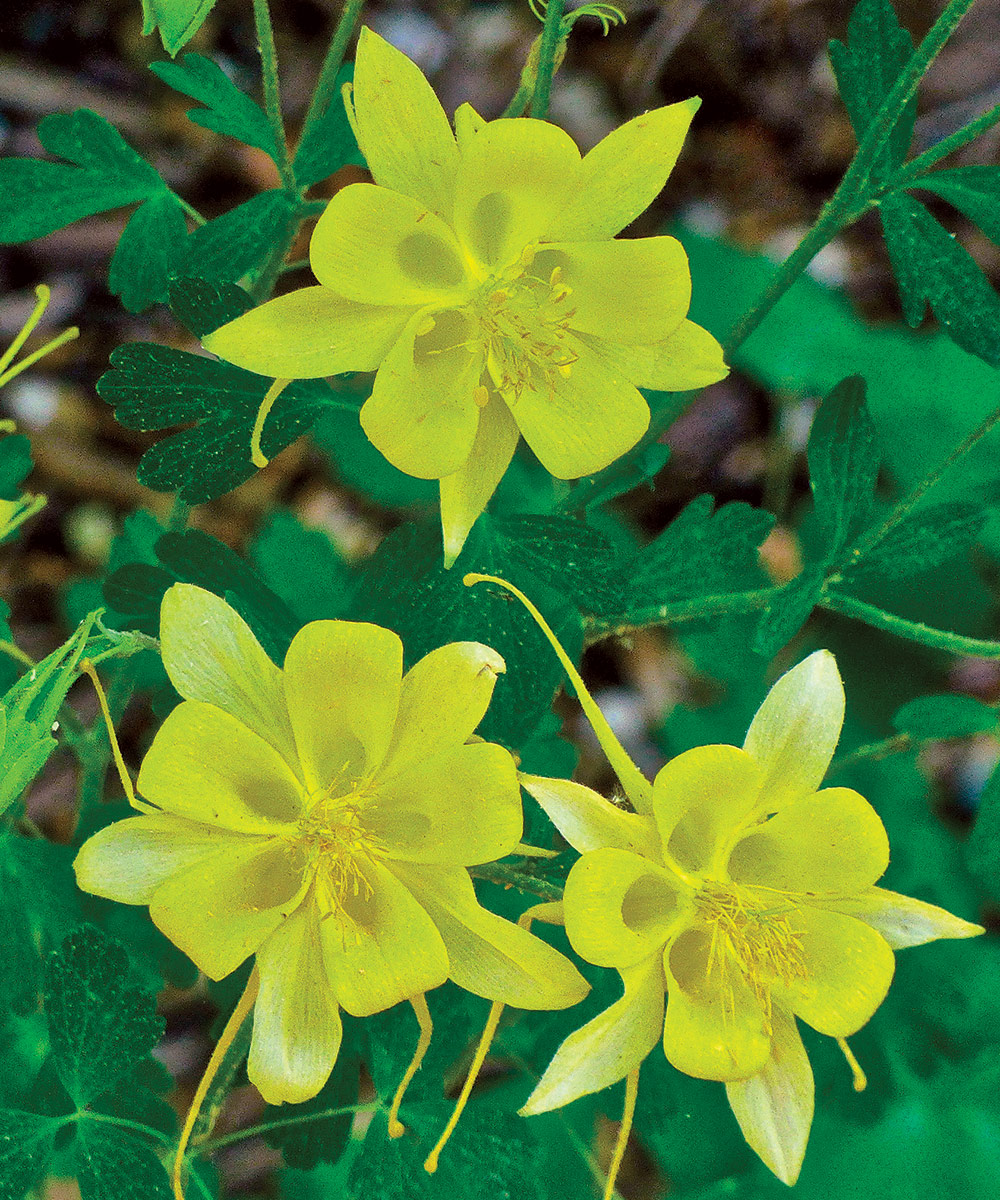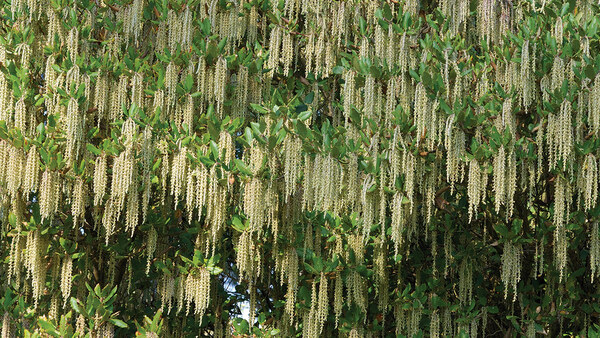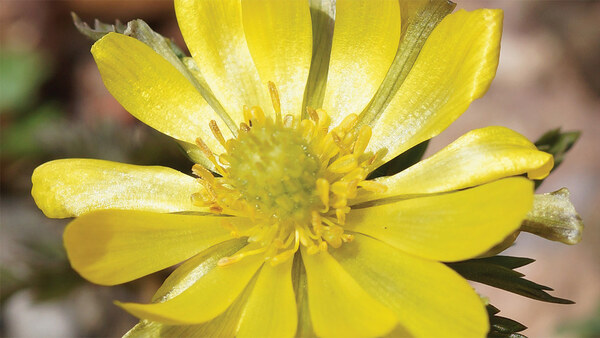
In Jason Reeves’ article Plants That Bloom in Late Winter or Early Spring, he discusses how plants that bloom during the coldest time of the year, often go underappreciated:
“Some of these plants are common but often overlooked at nurseries because they are not in bloom when most people are shopping for plants in late spring or early summer. Others are more obscure and will take some searching to find. But each one of these early bloomers will bring life to garden beds at a time of year when it is most appreciated.”
If you think your late winter and early spring garden can only enjoy the interest of evergreens, colorful twigs, and interesting bark, think again. Find late-winter and early-spring bloomers for the Southwest below. And find even more early risers in Jason’s article.
1. Kannah Creek® sulphur buckwheat

Name: Eriogonum umbellatum var. aureum ‘Psdowns’
Zones: 3–8
Size: 1 to 1½ feet tall and 1½ to 2 feet wide
Conditions: Full sun; medium to dry soil
Native range: Western United States
Kannah Creek® sulphur buckwheat is a compact perennial with foliage and flowers that provide multiseason interest. It produces brilliant yellow blossoms in spring that linger and turn a wonderful rust color by mid-June. Many kinds of butterflies and native bees are attracted to these showy blooms. This buckwheat makes for a tidy, low-mounding ground cover that is excellent in border plantings or rock gardens. It especially stands out when situated near plants with complementary purple or blue flowers. Best of all, its grayish foliage is evergreen and turns a beautiful burgundy color in winter. Kannah Creek® tolerates most soil types, including clay.
2. Raspberry Delight® salvia

Name: Salvia Raspberry Delight®
Zones: 6–10
Size: 3 feet tall and wide
Conditions: Full sun; well-drained soil
Native range: Hybrid
This hybrid nativar was developed by David Salman of High Country Gardens from cultivars of autumn sage (Salvia greggii, Zones 6–9) and baby sage (S. microphylla, Zones 7–11). A compact, deciduous, and drought-tolerant subshrub, it will help maintain consistent color in your garden because it blooms from April through fall. The raspberry-red flowers cover the entire plant and are magnets for pollinators, including hummingbirds. This salvia’s fragrant deep green foliage is both deer and rabbit resistant. An annual late-winter pruning each year ensures a subsequent season of lush foliage and prolific flowering. Raspberry Delight® looks great on its own but wows in a mass planting.
3. Golden spur columbine

Name: Aquilegia chrysantha
Zones: 3–8
Size: 2 to 3 feet tall and 1 to 2 feet wide
Conditions: Partial to full shade; well-drained soil
Native range: Southwestern United States, northern Mexico
The bright colors of golden spur columbine flowers are very welcome in any Western garden. This perennial naturally grows in canyons, so it’s well adapted for the shadier sections of your landscape. It’s also far more drought tolerant than other species of columbine, so it can be included in more-xeric gardens. However, it can handle some moist soil as well. The brilliant clusters of fragrant gold flowers that bloom in spring can rebloom if deadheaded. The dense foliage is resistant to animal browsing and is semi-evergreen, regenerating in fall and winter before its spring bloom. This plant thrives best with a layer of mulch and grows in most soil types.
4. Creeping shrubby ice plant

Name: Ruschia pulvinaris
Zones: 6–10
Size: 3 inches tall and spreading
Conditions: Full sun; medium to dry, well-drained soil
Native range: South Africa
This drought-tolerant succulent is a perfect addition to a rock garden and also works well in containers. The tiny, electric-fuchsia flowers cover the entire plant when blooming starts in mid-April and are true show-stoppers until June or July. The thick, mounded evergreen foliage is bluish green and provides great year-round textural interest. Creeping shrubby ice plant is not a favorite of rabbits or deer, and it does best with a thin layer of gravel mulch. Don’t get it confused with the other ice plant (Carpobrotus edulis, Zones 7–11); this plant is not invasive despite its creeping habit.
Hunter Ten Broeck owns and operates WaterWise Landscapes in Albuquerque, New Mexico, along with his wife, Barb.


















Comments
Log in or create an account to post a comment.
Sign up Log in